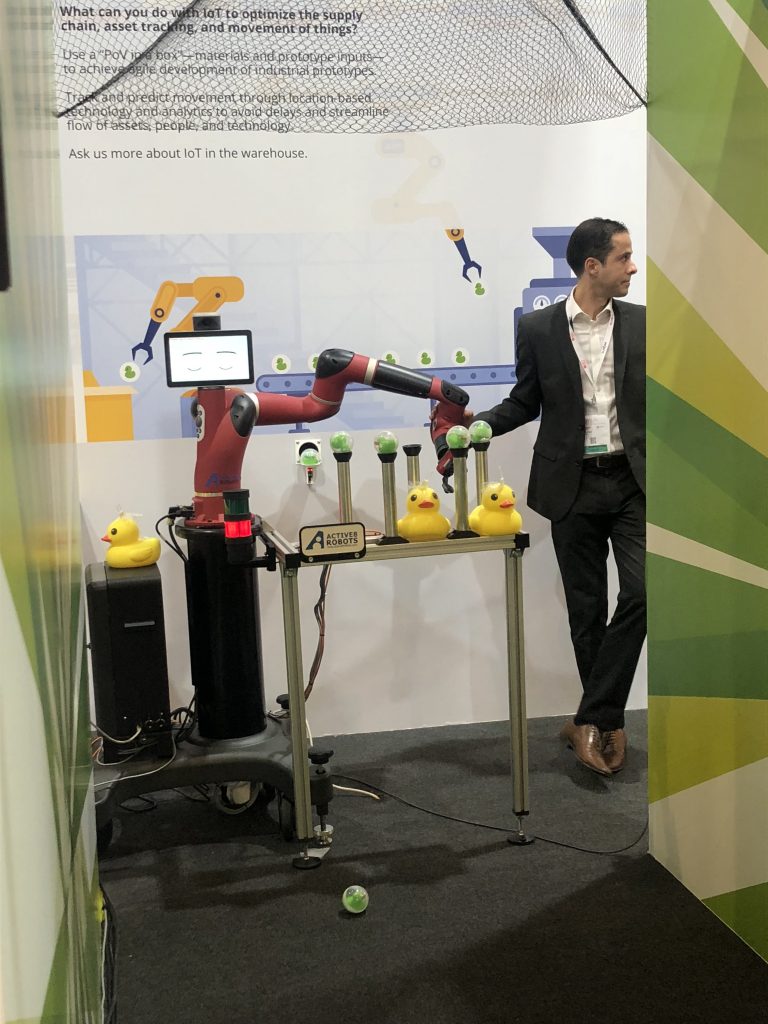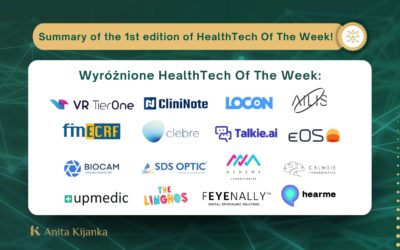Hardware products are associated with things that are very complicated, technical, and inaccessible to most. Of course, advertising is always tailored to a particular target group, but how do you reach other potential customers? How can you communicate seemingly difficult things? I will answer these questions in this post.
I have been working in the field of new technologies for over 10 years. During this time, I have encountered many communication situations. This is how we came up with the idea of creating a series of articles about how to start communicating selected solutions and how to use what is the most fascinating in them. I also hope that you will get the most out of my tips and that using them will help you in your daily work.
I open this series with hardware-based solutions, which relate to a situation in which the company sells tangible products. These can be watches, sensors, robots, or drones. The organization may also have software that they use to transfer, analyze, and collect specific data. It does not matter whether they wrote it themselves or whether they use available open-source solutions.
Step one: Decide what you’re really selling
I noticed that the biggest problem in the communication of hardware-based solutions is that it is prepared by people who often created these solutions who speak advanced, technical language. It’s hardly understandable to the common person.
It is very easy to recognize such materials. In the product descriptions on the website, we can see the product parameters and information on what elements it was prepared from. However, insufficient attention is paid to how it works.
If we use such content in B2B messages, the other party will not see the business benefits of a partnership. There’s no answer to the most important question: Why should someone buy it? Is it because you’re selling technology, or rather because you’re selling an improvement in the speed of work given by the technology?
Step two: Be sure who is the recipient of your product – who buys it?
Is your client a person who moves perfectly in the meanders of technological solutions, or an average newcomer who knows that he has a problem and is hoping you can solve it?
Modern entrepreneurs have plenty of areas to learn. They constantly need to improve their competencies. If you create clear, simple information in the message that will explain how this solution will help them streamline or speed up processes in the company, it will certainly increase your competitiveness in the market.
Step three: Select the tools to best explain product functionality.
Often, the solutions offered by our customers are a total revolution. They change the way we live and do things. A similar situation occurs when the product guarantees solutions in an industry that has so far had little to do with innovation.
In each of these examples, the communication tool that I strongly recommend is video. A video in the promotion has a lot of advantages. For one thing, it reduces the time it takes to explain how technology works. Well-recorded material also helps to present possible applications, educates about functionalities, and answers frequently asked questions. And it saves time, which I don’t think any of us have in excess today. An interesting video form to consider is animation. We have also used this type of message:
Step four: Take a creative approach to communication in the media.
Hardware has the advantage over software in that you can touch it and see how it works. In the case of software, we often have to imagine how it can help us. In hardware communication, tangibility is the greatest force for me.
You can organize a press conference at which you show in a creative way how your robot works. Perhaps it is worth creating a virtual map on which journalists will move, following the signals sent by the sensors.
Ideas could be multiplied. The point is to look at your own product in such a way as to see something more than obvious uses. Sometimes, to arouse interest, it is worth looking for a less predictable and more surprising solution.
Step five: Don’t be afraid of trade fairs – have an idea.
A fair is an event that hardware developers can treat as their real holiday. I wrote here about how to prepare for participation in an event fair.
With a tangible product, you can do a lot. The only thing that limits you is your imagination. Maybe your robot will hand out pens and notebooks? And another one could give out business cards or invitations for coffee.
It all depends on the time you have to prepare for such an event and idea. The rest is mainly a matter of smooth execution.
Step six: Act!
Communication is often like a business model. Different approaches, tools, and methods need to be tested here.
Unfortunately, there are no ready-made solutions that always work the same way everywhere. Each time we have a different amount of time at our disposal, we have a different target group and a different situation on the market. The most important thing is to act and draw conclusions.
Pay attention to which form of product storytelling arouses the most interest. You’ll see which is the best place to invest extra funds. You will also see who most often asks about possible implementations, who is interested in such communication, and what do customers pay the most attention to? That is what needs to be emphasized.
Analyze the data and conclude. Act! Good luck.
And if you are looking for someone who can help you or take over your communication duties, contact me! 🙂
How Do Polish Health Tech Companies Communicate? Summary of the Health Tech of the Week Series
After 8 months of conversations and interviews with representatives of Health Tech companies in Poland, and during a break before the second edition...
Health Tech of the Week: Mother and Child Startup Challenge – A Challenge for Innovators
In today's post from the "Health Tech of the Week" series, I present the third edition of the "Mother and Child Startup Challenge" competition,...
Health Tech of the Week: Health Venture Lab – a way to accelerate growth for medical projects
Since November 2023, I have been introducing startups in the Health Tech of The Week series, which have the potential or are already revolutionizing...







